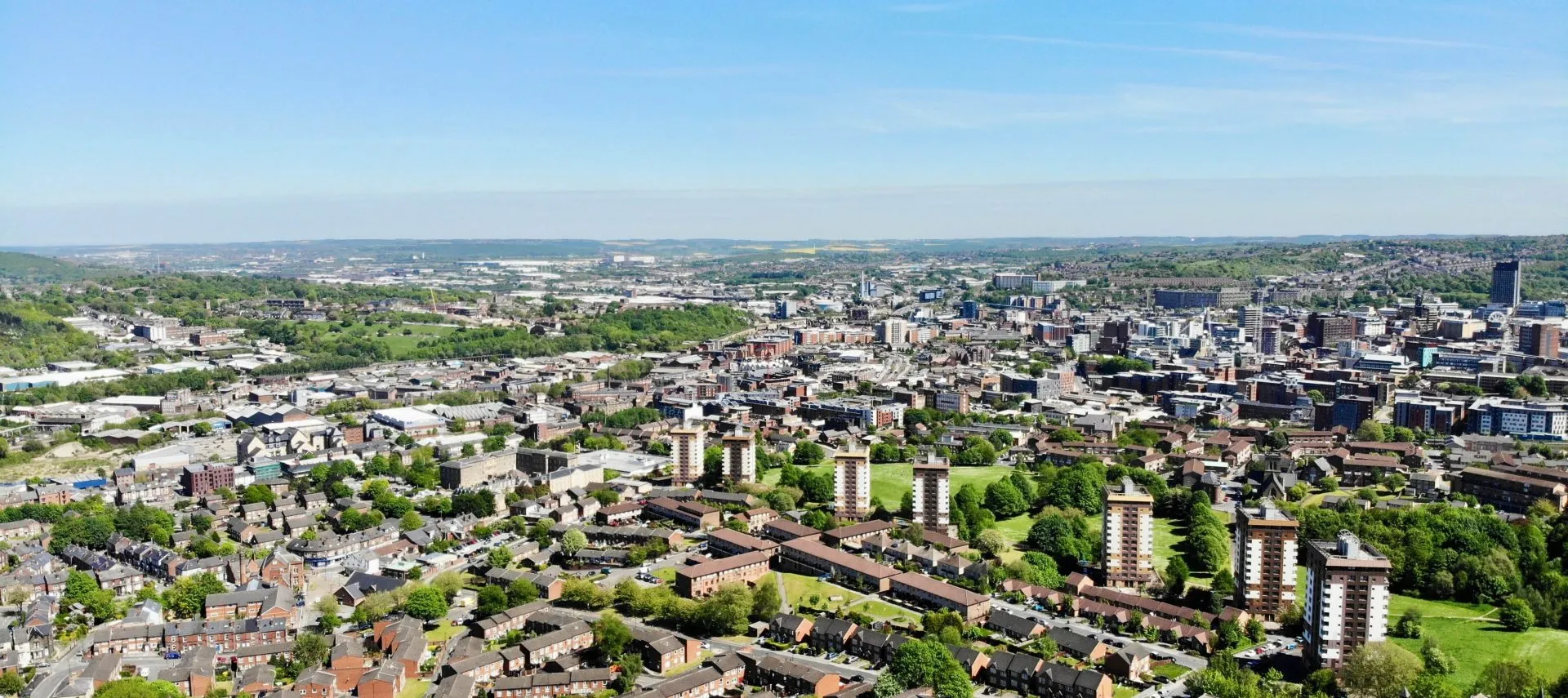
How can the UK’s social housing stigma be overturned?
Social housing plays an essential role in the UK’s housing and social environment but there is an inherent and unwarranted stigma attached to it. This stigma greatly exacerbates the challenges many lower-income households in social housing face.
In researching my dissertation in 2020, I was curious to investigate ways in which to address this stigma. My research blended a review of academic and professional publications with the results of interviews I conducted with participants active in the social housing sector. I published a blog in April 2020, however with the release of the Social Housing White Paper in November 2020, and significant research on the subject by See The Person, my findings below have been updated to incorporate these new developments.
The current stigma
Social housing provides homes in the form of secure and affordable housing for households unable to compete in the private market. Stigma is a form of collective prejudice and discrimination. It reinforces social inequalities and results in the exclusion of people for no other reason than, in the case of social housing, perceptions of where they live.
Today we see that stigmatisation in views that social housing communities are crime-ridden areas dependent on the state, that they typify lawlessness, fraud, poor parenting, mental health problems, and substance addiction. The reality is that, as anywhere, this only represents a minority. The stigma associated with social housing, however, drives some lower-income households to favour the high costs of private rent. Many studies have found that social housing is often avoided and only used as the last resort housing option by those that need it most.
Why this is so different from 50 years ago?
But this wasn’t always the case. In the mid-twentieth century, social housing was essential and valued in the UK, providing housing for all sections of the community. It was acceptable to live in, with each community comprised a mix of different ethnic, economic, and educational backgrounds. A sense of community and values were clearly evident in the social housing sector.
Sadly, this sense of pride diminished over time as investment in social housing decreased and other policies took hold. Successive governments sought to reduce the cost burden of social housing and introduced policies that encouraged home ownership.
Such policies ultimately created the perception that social housing was only suitable for the desperate and those who wanted to live off the state. This perception continues to be reinforced by the media in printed, broadcast, and social form. We see this particularly in popular television dramas that depict those in social housing as criminals and workless. Specifically, a cognitive link has been created between those living in social housing and those who require benefits to live, despite the reality being 70% of people living in social housing being employed or retired, according to research undertaken by See The Person.
Such a belief has been supported by the poor quality of some social housing stock, in which extremes of poverty can be found. This combination results in pockets of deprivation, where social exclusion occasionally overspills into social disruption. Such events are then seized on by the media and their followers to justify their negative perceptions of social housing. These views are sometimes echoed within the social housing sector, where residents refuse to move to certain areas because of their poor reputations.
With an increasing population and stagnant rates of income, a sizeable gulf has opened between supply and demand for social housing. It exerts greater financial pressure on low-income households, increases overcrowding in existing properties, and adversely affects levels of homelessness. Furthermore, the negative perceptions and stigmas surrounding social housing and those living within it inherently impacts the self-image of social housing tenants. A survey of 450 tenants undertaken by Professor Power and Dr Provan on behalf of See The Person showed that 9 in 10 believe the media create and propagate a negative stereotype of people in their situation, and that they have been made to feel uncomfortable by people in an official capacity purely based on their living situation.
Finally, research by See The Person has found that voting levels for people who live in social housing are lower than other tenures. This causes two primary issues; firstly, it has the dual impact of residents feeling alienated from the wider country; secondly, it removes representation of tenants within local and national elections, resulting in the issues of tenants being side-lined.
Ultimately, the last 50 years has seen a reduction in the number and quality of social homes and social housing communities, a negative perception of residents by external parties exacerbated by the media, and an inherent feeling of alienation and disconnection felt by the residents.
How can this be overturned?
Social housing is not the only area of life to be adversely affected by stigma; areas such as mental health have also been stigmatised for centuries. Interestingly, the media are finally addressing some of the stigma associated with mental health, and this has created a widespread rejection of stigmatisation surrounding it and greater understanding.
The lesson for the social housing sector is to therefore educate the public and government about social housing, and to demonstrate the impacts such stigma can have on communities. Given that the social housing sector provides homes to 4 million households, the scale of the problem should not be underestimated.
This will also be helped by the regeneration and refurbishment of existing housing and the provision of new, good-quality properties in mixed tenure developments. One area of the 2020 Social Housing White Paper notes is the extent to which social housing is perceived as unsafe, which impacts the livelihoods of those who live within social housing areas, and further contributes to the negative stigma surrounding these areas. The tragedy at Grenfell exacerbated these claims and brought it into the public focus. In response, the government has announced almost £1.5 billion to remove and replace unsafe cladding, and has further announced broader measures related to building and fire safety to generate renewed confidence in the safety and security of social housing.
Within this, the White Paper has also suggested that much has been learned through increased engagement with residents and landlords, which has allowed for the creation of more relevant and specific safety policies. This level of interaction between all relevant parties should continue, to allow the most effective change to come about as quickly as possible. However, these measures need to be handled with care so they are not destructive to existing social housing communities and reinforce a belief that they need to change to fit in with social norms.
While the government has pledged to ensure that the highest of care will be taken by governmental agencies, the additional focus on landlords will help to facilitate this on a micro level. The increase of communication between landlords and tenants will help individual properties to be maintained in line with the wider community while also removing some of the negative stigmas attached to landlords themselves. Broader acceptance of landlords by all involved can only lead to greater acceptance of social housing and their tenants, easing acceptance into wider society through the breaking down of negative perceptions.
Changes to social housing need to go hand in hand with changing societal perception of social housing residents. The mind-set of society needs to be altered and this will come from more positive coverage of social housing communities and an open, honest discussion about the needs of lower-income households and the vulnerable in society. The government should take the lead and must be supported by the media changing its current reporting practices.
While this may seem like an impossible task, one just needs to consider the how successfully the stigma surrounding mental health has been challenged in recent years. Perhaps the same will happen in the social housing sector? Given the importance of such a change and those it impacts, the benefits of improvements will be felt by all.
